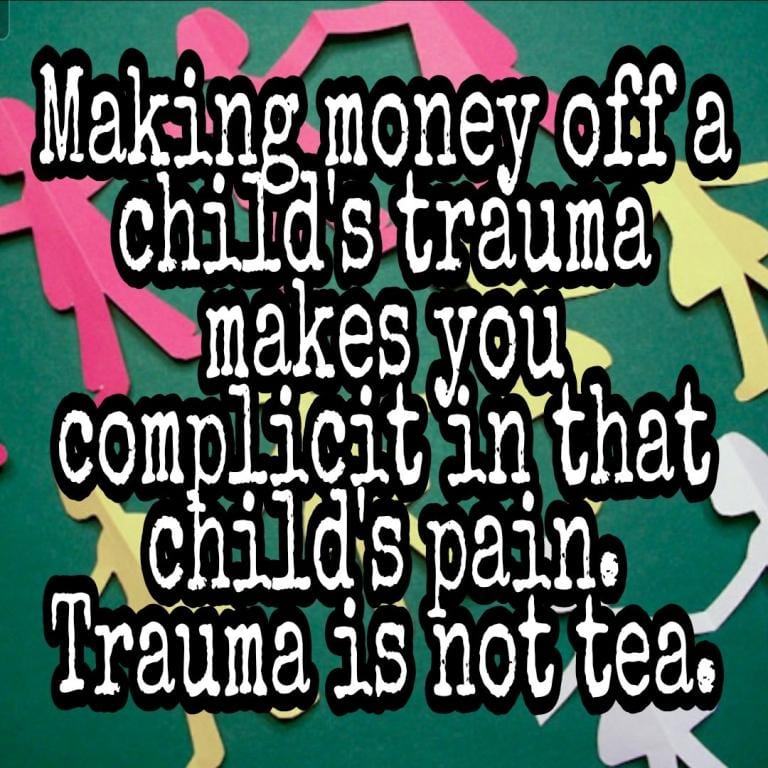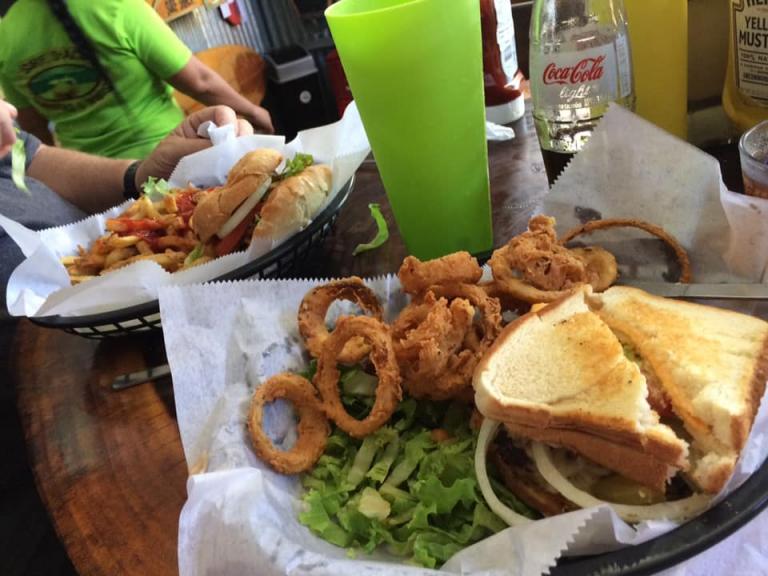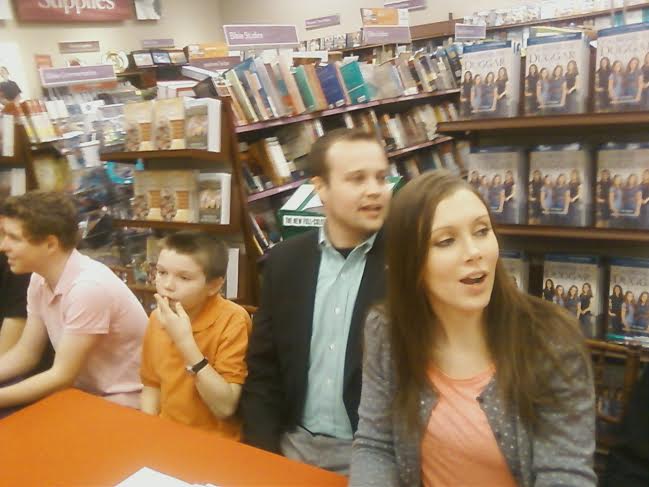 by Mel cross posted from her blog When Cows and Kids Collide
by Mel cross posted from her blog When Cows and Kids Collide
All quotes from the book are in blue text.
This chapter is nominally about what young women should do when God wants them to be single for a time in their lives. Practically, the chapter is very, very vague; that’s rather sad since Sarah Mally had started a ministry for tweens and teens called “Bright Lights” that’s still extant today. Some actual details about how she started “Bright Lights” would have made the chapter interesting and useful.
Instead, we get some more anachronisms…..
For anyone who remembers the beginning of the book, the reason the Princess is going out among the People is so that she can be of use to them. This was the idea of the King since the Princess will be ruling them – or another suitable Kingdom – next to her future husband. (Actually, I added the part after “since”. The book never spells out what the endgame of succession in the Kingdom is.) This plan started when the Princess was 16. At the beginning of this chapter, the Princess is now 18 – and has “helped” her People by picking up the vegetables of one old woman. The narrator tells us that the King and Princess have another heart-to-heart talk and the Princess decides to start serving her people in a more active fashion.
- There is never any mention of the fact that the King’s plan has been a total failure at this point. The graduating seniors at the school I taught at were required to put in more volunteer hours in a single trimester than the Princess has pulled off in two years.
After that rousing start, we learn what the Princess is up to now:
Much was being accomplished during the time of her life. The princess often represented the royal family on important occasions, and she spent many days caring for orphaned children in the nearby villages – even beginning the courtyard club for them. Sometimes she would hosts tea parties, teaching godliness to village girls. God was also teaching her much during these years and filling her with understanding and ability in all manner of workmanship. She was gaining skill in many kinds of fabric work, weaving and tapestry, candle and soap making, as well as fine artistry with dyes, paints, and gold. She did not neglect her writing, archery, or equestrianship, and she also made it a goal to learn in the useful talents of floral decorating & baking. (pg. 103-104)
- I don’t really want to know how the Princess was representing the Royal Family. Her skill set is so meager at this point that if she has to do anything harder than looking pretty in a dress and smile someone will get hurt.
- Sarah Mally’s insular life – and lack of critical thinking skills – shine out in the half-sentence on orphans.
- If there are enough orphans in the surrounding villages that the Princess is being co-opted into caring for them, this means a large percentage of the working age population is dead. The Princess’ Kingdom is in the earliest stages of a demographic collapse like Europe during the Black Death or sections of Africa due to AIDS. Disease is here; famine, war and invasion are fast approaching.
- The response of the Royal Family is to send their least competent member out to create a “courtyard club” for orphans. That’s….. wow. Future historians will be using that as an example of leadership failure for generations to come.
- The whole bit about tea parties and teaching godliness is a wonderful example of how Christianity often conflates following Jesus’ teaching with demonstrating middle-class culture and activities. Bluntly, the Gospel never mentions tea parties – or the concurrent obsession on manners, image and fashion.
- The section on “skills” makes my head hurt.
- There are lots of types of fabric work – but this book manages to miss all of them except one.
- Weaving is a type of fabric work – but “tapestry” is a noun, not a verb. Weaving is the process used to make a tapestry. Learning to weave well enough to make a tapestry was done by artisans that could be guild members. In other words, the dilettante Princess isn’t going to be whipping off finished tapestries in two years – even if she put all of her time and effort into learning the trade.
- Also, weaving is a TRADE – there is no way a Princess would be learning weaving.
- There is a much less anachronistic option: embroidery. Queens, princesses, ladies-in-waiting and other court members often embroidered all the freaking time. Katherine of Aragon brought a specific type of embroidery from Spain to England at the time of her marriage and it created a fad of blackwork for a few years.
- Most importantly – weaving could be used to help people if she was weaving cloth to be distributed for free. A tapestry, though, is the definition of a decorative object. If the Princess wasn’t a Protestant from the frill-free Calvinist persuasion, I guess she could weave a tapestry for a church – but I don’t see Ms. Mally taking kindly to making her protagonist a Catholic…..
- Weaving is a type of fabric work – but “tapestry” is a noun, not a verb. Weaving is the process used to make a tapestry. Learning to weave well enough to make a tapestry was done by artisans that could be guild members. In other words, the dilettante Princess isn’t going to be whipping off finished tapestries in two years – even if she put all of her time and effort into learning the trade.
- There is no damn way the Princess learned either candle-making or soap making. Back during these times, there were no cute scented melt-and-pour candle or soap kits at the local arts and craft store for her to use.
- Candle-making was a guild craft – a full-time job for some of her People. Candle-making in N. Europe was a rather gross proposition since most candles were made of rendered fat. That means the first steps the Princess would have learned involved boiling animal fat until the collagen, water and other non-lipid parts floated to the top. It’s not the glamorous and feminine occupation that Ms. Mally dreams of.
- Soap-making was worse. Making soap requires taking animal fats and adding lye to make the fats transform into soap. Lye is very caustic, the animal fats are kept liquid by heating, and there is a distinctive smell – or stench depending on your personal tastes – during the whole process. In this case, not only is the Princess getting filthy from tending a fire, processing left-over animal fats and managing the ashes the lye was taken from, she’s sweating like a stuck pig as she stirs the cauldron to keep the reaction going smoothly throughout the liquid. If she stops or misses an area, she’ll get a mass of congealed fat with pockets of lye that will burn the fabric or surface she’s cleaning with the soap. Plus, she needs to know exactly when to pour out the soap into molds or trenchers because if she waits too long it will seize in the cauldron into one giant mass of hardened soap.
- Also – soap gets everywhere during this process. I’ve made soap from tallow and olive oil before at home and no matter how careful I am a greasy half-saponified material ends up all over the place.
- Oh, Lord. The Princess became a master dyer? I call bullshit on that one. Well, to be more accurate, I call human piss on that one. Old urine was the best form of ammonia available for dyeing purposes. Reading the recipes from the Innsbruck Manuscript (1330) published on that same linked website can be simplified down to a few easy steps – that are no more sweetly feminine than making candles and soap.
- Obtain a natural pigment source.
- Grind it into oblivion if possible or boil until soft, then grind.
- Boil the prepared pigment in a strong base (lime water), a weaker base (stale urine), a weak acid (vinegar) and/or with a mordant (urine, alum, iron, copper).
- Place the fibers into the dye for the right amount of time.
- Hey, I can’t disprove that the Princess learned how to paint in a haphazard manner! Oh, wait. Painters were guild members, too. What I find suspect is the idea that the Princess had developed much skill in painting in two years while managing to skills in weaving tapestries, soap-making, candle-making, and dyeing…while also becoming a goldsmith.
- The awkward transition into goldsmithing in the paragraph above reminded me of a tangentially related topic: if home-schooling is a superior form of education why is Ms. Mally clearly lacking any understanding of the nature of guilds?
- I am not a historian by training or trade; I took three years of high school level history and don’t have a particularly deep base of knowledge on medieval or early modern life – but I remember that there were organizations called guilds that covered most skilled trades. I wouldn’t have a member of the royal family attempt to become a member of the weavers’, chandlers’, dyers,’ painters’ and goldsmiths’ guilds because that is simply bat-shit crazy.
- Well, at least Ms. Mally didn’t include any samples of the Princess’ writings. Let’s be grateful for small favors. Likewise, the Princess didn’t join the fletchers’ guild so that’s a small mercy.
- I’m glad we’ve included the critical skill of floral arrangement. That’s a skill that the villagers needed desperately with all of the adults dying off from something. *rolls eyes*
- And now we’ve added a sixth guild membership – the Princess now knows how to bake!
- There are lots of types of fabric work – but this book manages to miss all of them except one.
Many widows and weary mothers were the joyous recipients of homemade gifts or meals from the princess. She tried to use each thing she learned in some way as a tool to accomplish her assignments from her heavenly Father. Each mastery acquired could also then be taught to all the wise-hearted young ladies in the kingdom. Her days were full and fruitful. Many stories, memories, and friendships were hers. In a hundred little ways, she was a candle spreading light everywhere she went, bringing strength and encouragement to many lives that were filled with darkness. (pg. 104)
- As a weary mother, I can attest that getting a badly completed tapestry or a gnarly-colored hank of wool would not make my life easier right now. Now, a loaf of bread – or a mass of pottage – may have been nice during this time; anything to stave off starvation. Of course, what I would have really wanted back then was to stop whatever was killing off my family and neighbors.
- Let’s be honest here: the local peasant girls were well-versed in the skills needed to run their households. They learned how to keep their home – how to cook, weave, sew, trade, and care for children. The young women didn’t need the beginning apprentice-level Princess parachuting in to “teach” them how to do things they already knew how to do.
- Notice that the People are supposed to learn life lessons including Emo-Pure from the Princess while the Princess floats unsullied above them absolved from learning anything from the People. The idea that charity moves in one direction from virtuous paragons blessed with material wealth to the lost rabble with nothing is rife in CP/QF life. The Princess – and all of the SAHD she represents – are presented as being better people in every way than the People.
- I doubt her people viewed the Princess as a light in the darkness. At best, she’d be viewed as a harmless lunatic; at worst, her naivete and thoughtlessness could end in a revolution.
Mel is a science teacher who works with at-risk teens and lives on a dairy farm with her husband. She blogs at When Cows and Kids Collide She is also an very valuable source of scientific information for us here at NLQ. Mel is also blessed with the ability to look at the issues of Quiverfull with a rational mind and break them down to their most basic of elements.
Stay in touch! Like No Longer Quivering on Facebook:
If this is your first time visiting NLQ please read our Welcome page and our Comment Policy!
Copyright notice: If you use any content from NLQ, including any of our research or Quoting Quiverfull quotes, please give us credit and a link back to this site. All original content is owned by No Longer Quivering and Patheos.com
Read our hate mail at Jerks 4 Jesus
Check out today’s NLQ News at NLQ Newspaper
Contact NLQ at [email protected]
Comments open below
NLQ Recommended Reading …
Quiverfull: Inside the Christian Patriarchy Movement by Kathryn Joyce
13:24 – A Story of Faith and Obsession by M Dolon Hickmon














